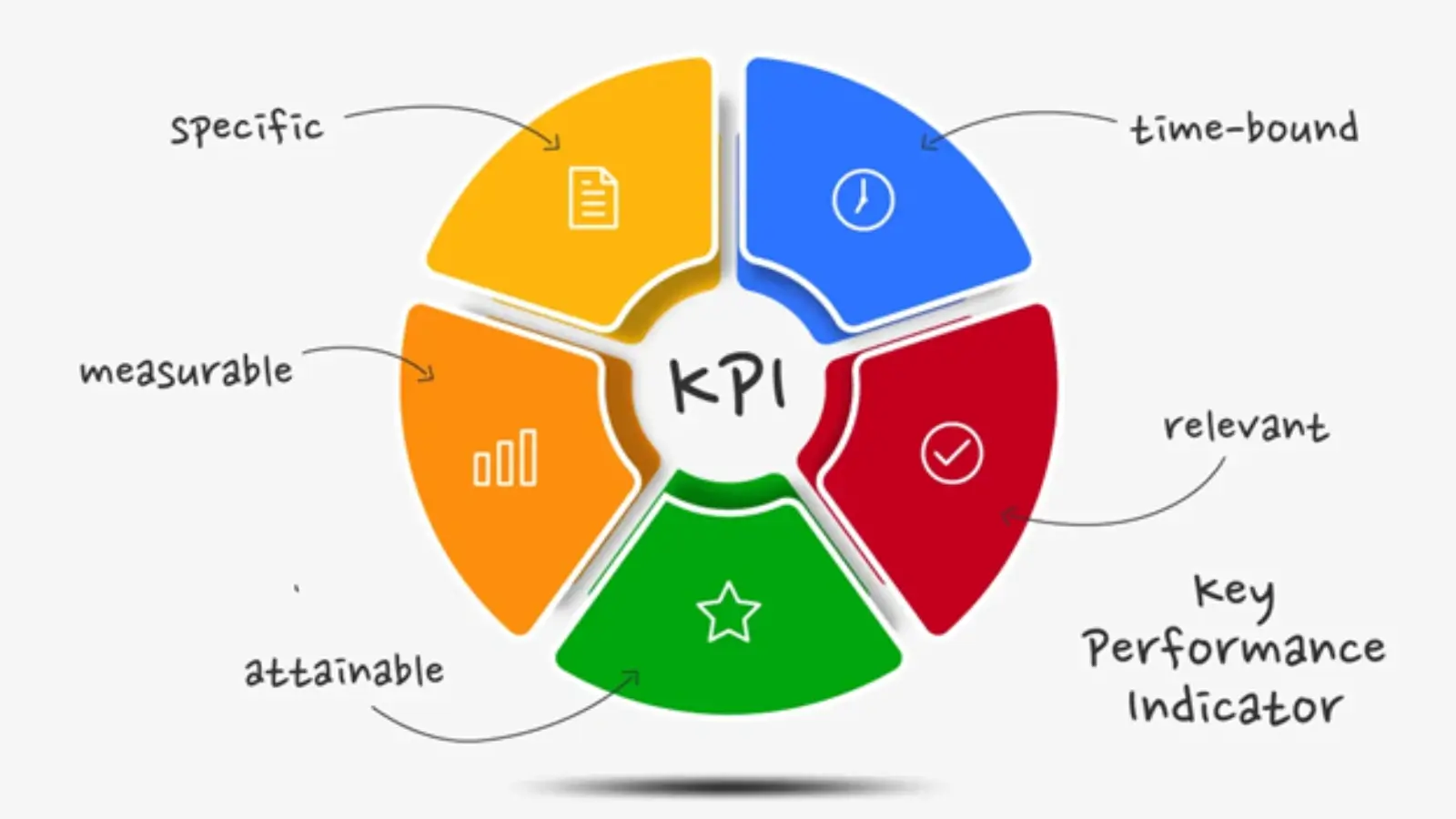You don’t lose money only on bad campaigns or slow sales cycles. You also lose it silently—in duplicate records, rogue spreadsheets, and brittle integrations that break on a Tuesday and tell no one. The cost isn’t dramatic; it’s cumulative. Missed renewals. Misrouted leads. Inventory that “exists” only in theory. If you’re scaling, small leaks become floods. Here’s how to find them—and fix them—before they drain your margins.
Dirty Data That Skews Every Decision
If you aren’t measuring data quality, you’re guessing. Inaccurate emails inflate your reach. Stale pricing corrupts forecasts. One duplicated account can ripple through commissions, support tickets, and finance. Set up automated checks for validity, completeness, and freshness, then quarantine anything that fails. Don’t argue with reality; instrument it.
Siloed Systems That Don’t Speak
Sales logs a company as “Acme Ltd.” Finance uses “Acme Limited.” Support sees “ACME.” Three truths, none reliable. Map canonical entities (customer, product, order) and enforce them across tools. Use an integration layer with schema validation, not just point-to-point connectors. If two apps can disagree, they will—at quarter-end.
Spreadsheet Orbits Around Key People
Spreadsheets are brilliant for analysis. They’re terrible as systems of record. When pricing, inventory, or SLAs live in personal files, you inherit version chaos and single-person failure risk. Migrate operational data to governed tables with audit trails. Keep spreadsheets for sandboxing and what-ifs, not the backbone of your business.
Access That’s Either “Everyone” or “No One”
Over-permissive access invites accidental edits and compliance risk; over-restrictive access forces shadow copies. Implement role-based access with least privilege and time-boxed elevation for special tasks. Log every change. It’s easier to explain a denied request than a breached dataset.
Backups You’ve Never Actually Restored
A backup isn’t a backup until you’ve tested a restore. Run quarterly fire drills: pick a dataset, restore it to a sandbox, and measure recovery time. Document the steps. When ransomware or human error strikes, you’ll trade panic for a playbook.
Why Good Data Management Pays for Itself
Most companies underestimate how much poor Data Management erodes profit margins. Each duplicate record wastes resources, every delayed report misguides decisions, and a single untested backup can cause downtime that costs thousands. Modern businesses can’t afford reactive data practices. Investing in structured data pipelines, validation tools, and metadata systems pays back in accuracy, speed, and customer trust. Think of it not as an IT project, but as revenue protection.
Hidden Costs in Vendor Lock-In
Proprietary transformations and opaque pricing keep you paying more for the same results. Favor open formats, exportable transforms, and clear egress terms. Ask vendors to prove portability up front—before you sign. Negotiating optionality is cheaper than buying it back later.
A 30-Day Fix It Plan
-
Week 1: Inventory sources, owners, and contracts. Define your golden entities and set quality thresholds.
-
Week 2: Turn off write access where it doesn’t belong. Automate deduplication and validity checks.
-
Week 3: Test a full restore. Document. Fix what broke.
-
Week 4: Add lineage, set SLAs for freshness, and publish a living data catalog.
When data becomes an asset with standards—not an afterthought—decisions get faster, errors get rarer, and money stops slipping through the cracks. The hardest part isn’t the tooling. It’s deciding to run your data like a business unit that must earn its keep.
















